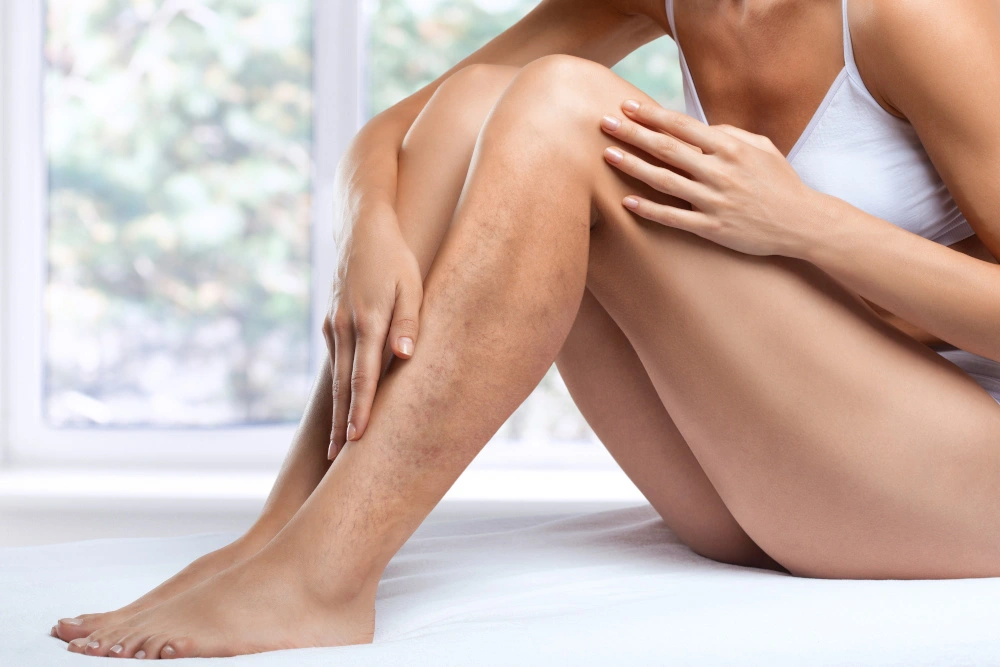Venous reflux, also known as venous insufficiency, is a condition where the veins in your legs struggle to send blood back to your heart. This occurs when the valves in your veins become weak or damaged, causing blood to pool in the lower extremities. Over time, this can lead to uncomfortable symptoms like varicose veins and can put you at risk for other health issues.
Venous insufficiency most commonly affects people who are older, overweight or have a family history of vein problems. People who stand or sit for long periods or have a history of blood clots may also be at a higher risk.
Knowing the signs of venous reflux is important so you can seek treatment before the condition worsens. Here are four key signs to look out for that may be related to venous insufficiency.
Table of Contents
Toggle1. Swelling in Your Feet or Ankles
One of the earliest signs of venous reflux is often swelling in your feet or ankles. This occurs because blood isn’t properly circulating, leading to fluid buildup. Swelling tends to worsen after long periods of standing or sitting and can be particularly noticeable by the end of the day. If you notice persistent swelling, Dr. Ramaswami can help you determine if venous insufficiency could be the root cause.
2. Leg Cramps
Frequent leg cramps or restless legs, particularly at night, could be another sign of venous reflux. These symptoms occur as a result of poor blood circulation, causing uncomfortable muscle spasms. Over time, untreated venous insufficiency may worsen leg pain and cramps, making it difficult to relax or sleep.
3. A Heavy Feeling in Your Legs
People with venous reflux often report feeling a sensation of heaviness or fatigue in their legs. This feeling typically gets worse as the day progresses and can be worsened by long periods of standing or walking. Like leg cramps and restlessness, this heavy feeling is also a result of poor circulation, as blood isn’t flowing efficiently through the veins.
4. Visible Veins
Visible veins, such as varicose or spider veins, are common signs of venous insufficiency. Varicose veins appear as large, swollen and twisted veins, often bulging out from the skin’s surface. Spider veins, on the other hand, are smaller, web-like veins that are closer to the surface of the skin.
You may also notice other changes to the appearance of your legs, such as skin discoloration or, in more severe cases, venous ulcers.
What to Do If You Have Signs of Venous Reflux
If you are experiencing symptoms like swelling, leg cramps, heaviness or visible veins, it’s important to seek medical advice from a vein specialist like Dr. Ramaswami to prevent venous reflux from worsening. Early treatment and management can relieve discomfort and help to avoid more serious complications.
Treatment options range from lifestyle changes like wearing compression stockings and exercising to in-office procedures like sclerotherapy or thermal ablation or chemical ablation, which directly target damaged veins.Dr. Ramaswami has decades of experience in diagnosing and treating venous insufficiency. If you think you may be dealing with this medical concern, call us at 734-287-1950 or contact us online to schedule your consultation today.


